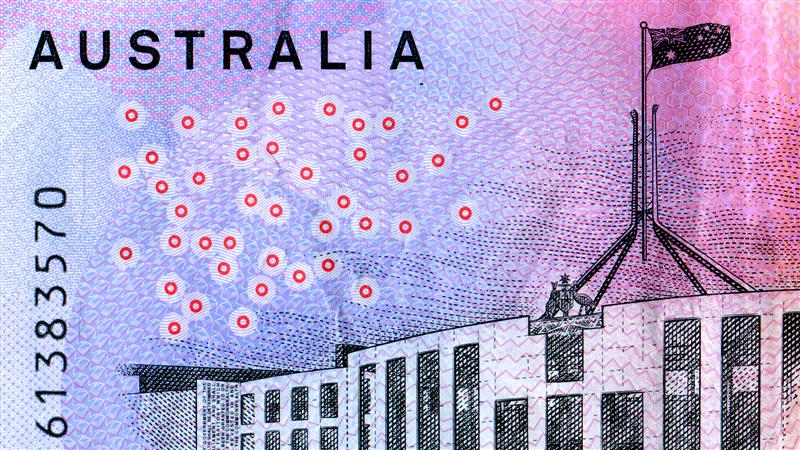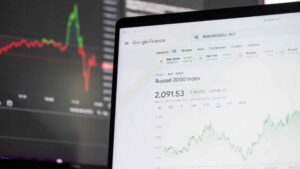The Reserve Bank of Australia has continued its rate cutting cycle after announcing a rate cut of 25 basis points to 3.6% on Tuesday. This marks its third rate cut for 2025 with rates reaching their lowest level since April 2023. The RBA stated that future interest rate decisions will rely on upcoming economic data, with the majority of the focus on inflation, labor markets and global developments.
Rate Cut Breakdown and Economic Picture
The RBA has cut rates by 25 basis points to 3.6%, adding to a total of 75 basis points in reductions this year. The rate cut decision was made due to falling inflation which declined to 2.7% in core prices and 2.1% on a headline basis, moving closer to the RBA’s 2-3% target band.
RBA Governor Michele Bullock stated that rate cuts are still on the table due to its economic forecasts in order to maintain low and stable inflation while managing labor market growth and economic growth. ⁽¹⁾
Economic growth showed improvement in Q2, driven by household consumption and trade. However, productivity remains weak and the labor market is starting to soften, as the unemployment rate rose to a four year high at 4.3%. The RBA also downgraded its economic growth forecast in its Quarterly Statement on Monetary Policy, indicating challenges like ongoing trade uncertainties and weak productivity. ⁽²⁾
RBA Remains Cautious
The RBA has applied a cautious stance as it continued to cut rates gradually. Governor Bullock stated that the central bank will assess rates and data on a meeting-by-meeting basis, with an unclear path to its rate trajectory. The central bank governor also dismissed bigger rate cuts, adding that a rate hold could cause missing the central bank’s objectives of bringing inflation and managing employment. ⁽³⁾
The RBA continued to monitor global developments, especially US President Trump’s aggressive tariff policies and slowdown in Chinese demand, which matters to the Australian economy. Australia is very vulnerable to global trade changes, especially with changes happening to its biggest trading partner which is China. Australia faces a 10% baseline tariff under Trump’s reciprocal tariff policy. ⁽⁴⁾
Market Reactions and Outlook
The Australian dollar weakened 0.2% after the announcement. Markets are pricing in 2 more rate cuts by March 2026, bringing interest rates down to 3.1%. The ASX index rose to a new record high at 8,895, rising almost 0.5% with support also coming from the recent 90-day pause in trade tariffs between the US and China.
The RBA’s economic forecasts indicate continued gradual easing in order to keep inflation in check while maintaining support for the labor market. Governor Bullock stated that volatility in global markets due to changes in US policies could impact future decisions, especially if the Federal Reserve were to make any changes in monetary policy. ⁽⁵⁾
Sources: ⁽¹⁾ ⁽²⁾ Reserve Bank of Australia, ⁽³⁾ ⁽⁴⁾ ⁽⁵⁾ Reuters



